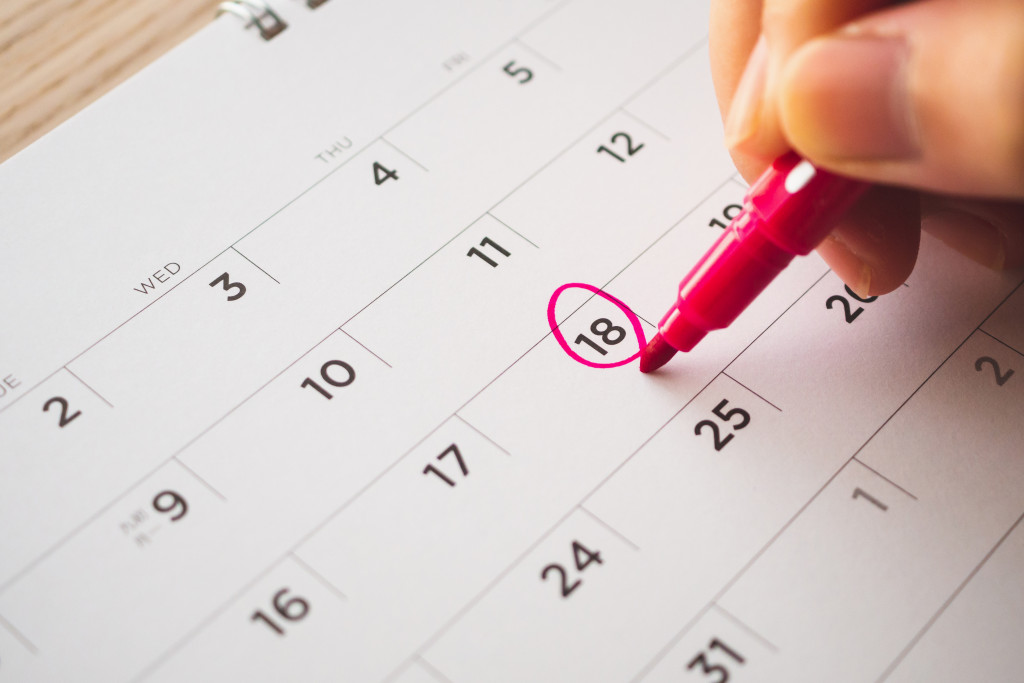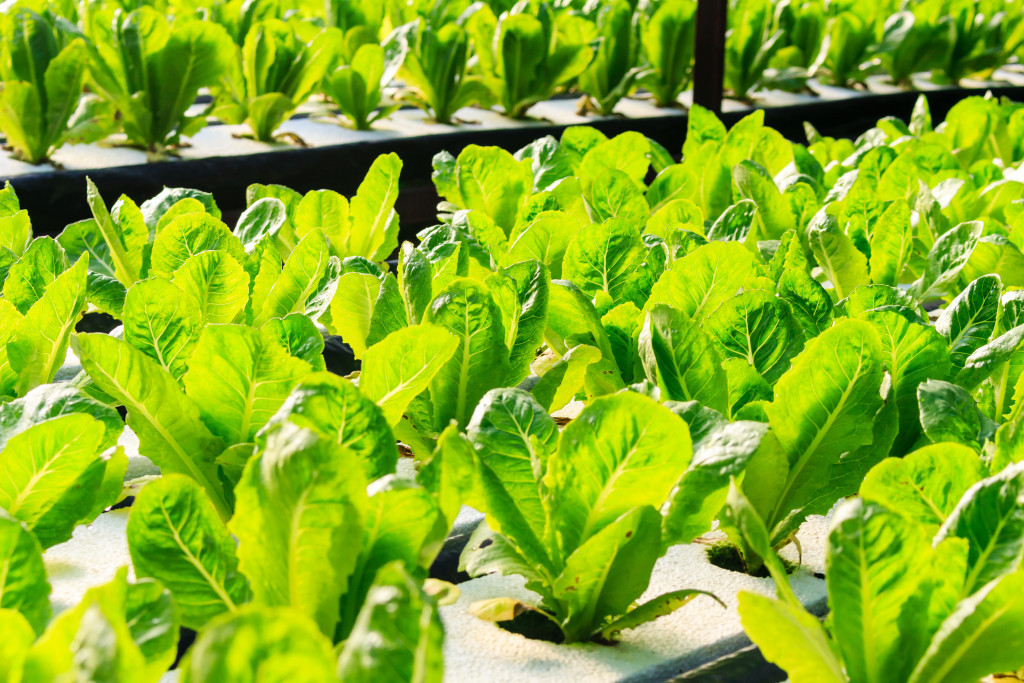Whether you have a big or small vegetable garden, it still requires organizing to keep your plants healthy and make them look less chaotic. Like every other aspect of life, planning is the first step to achieving a goal. In gardening, mapping is one thing required in planning a garden.
Since winter is here, it’s a perfect time to plan out how to start your vegetable garden, so by the right time comes before spring comes, you’ll be ready to start planting. Here are a few tips to help you plan your garden effectively:
Starting Small
As you plan, you choose which vegetable you want to start with. You want to start small and choose a little herb garden if you’re new to gardening. You can proceed to other varieties if you feel like you can already handle it, like the Solanaceae family, including eggplant, peppers, potatoes, and tomatoes.
If you’re on a budget, you want to stick to your plan and invest in the seeds you’re sure you can handle. Do your research instead of just relying on just what you already know. Planting too much the first time can invite more mistakes and might exhaust you too early. If you want to add more vegetables, there’s always a way to do that with accurate planning and timing.
Prioritizing Safety
Since your garden is still small, you’ll want to do everything in your power to protect it. Some states will have some pesky pests getting in your tomato garden. As such, you’ll want to install some privacy fencing to keep prying eyes and hungry paws away.
Be sure to create a gate for your heavy tools to come in. If you have pets, ensure that the fences are safe and steady enough. You don’t want your furry friends to ruin your progress. You’ll also want to protect them as some vegetables, like in the Allium family—chives, garlic, leeks, and onions—are poisonous for pets. So you might want to watch out for that.
Thinking about Proper Placing
One of the mistakes new gardeners make is not planting the plants where there is the right amount of sunlight for them to intake. If you’ve noticed that your plants aren’t as healthy as they should be, perhaps they’re placed on the wrong spot.
As you plot your garden beds, you also want to think about spacing. Without proper spacing, some plants will find it hard to breathe. They might not get adequate nutrients like sunlight and water because other plants overcrowded them. Providing your plants with appropriate spacing also helps diminish the risk of diseases. Spacing among your plants also affects the yield and quality of your garden.
Vertical Gardening
Vertical gardening is a perfect solution, especially if you have a limited space for all your vegetables to fit in your outdoor area. You can also consider this if you prefer having a small garden and a few plants.
With cute little gardens, you can be more creative with containers and display them as an aesthetic feature of your home. You can store a little herb garden in your kitchen or wherever you prefer. Just be sure to place them somewhere with the right amount of sunlight.
Marking Dates for Planting and Harvesting

You should research when to harvest your veggies properly and when you can plant seeds again. Some vegetables can be complicated than others, so be sure not to plant too early or too late. This is a mistake new gardeners often make because of lack of studying.
Marking your calendar is perfect, especially if you have a wide variety of vegetables in your home garden. Some veggies need harvesting sooner or later than others because some of them are at the peak when immature or a little late. Also, harvesting on time creates impact and difference to your garden’s crop yield and quality.
Organizing Your Seeds
Keeping your seeds in order will make it much easier for you to garden, especially if you have different varieties. This means you must plant at other times of the year. You can organize them by family or in order on how you want to plant them. You can also an order where you want them to place once you’re rotating your veggies.
Writing a to-do list
Writing a task checklist is very important whether you prefer it in a notebook, on your computer, or your smartphone—whatever works for you. You can also organize them by season. This works well if you have an extensive garden with wide varieties. With a big garden, it’s sometimes easy to forget some things.
With a to-do list, you won’t have to forget to maintain your tools again. Perhaps your seeds or the crop rotation need more organizing.
Gardening is more pleasant when you organize your new hobby or venture properly. With this guide, your results will be more satisfying and admirable, making it so much easier to achieve once you’ve experienced that feeling.

